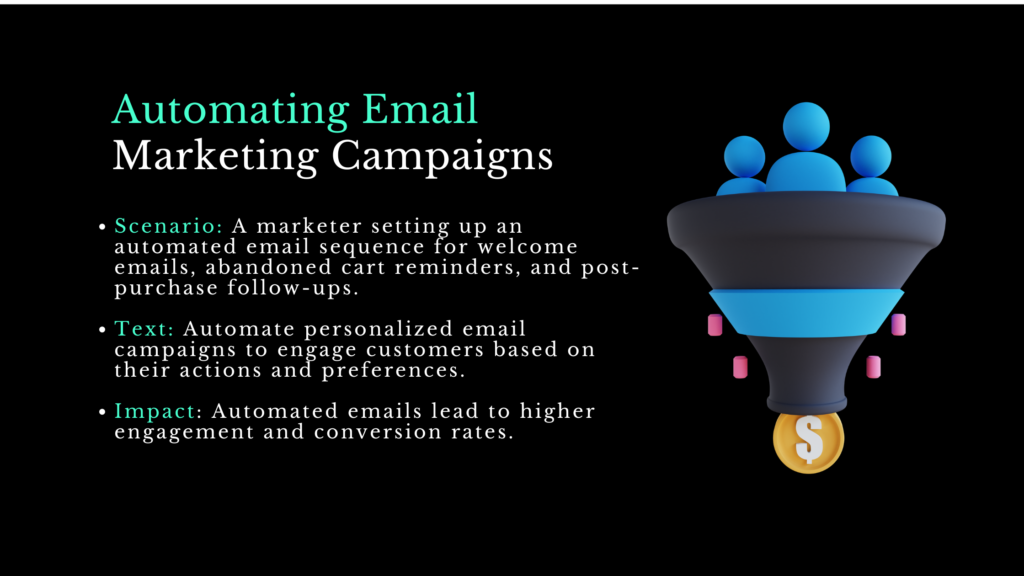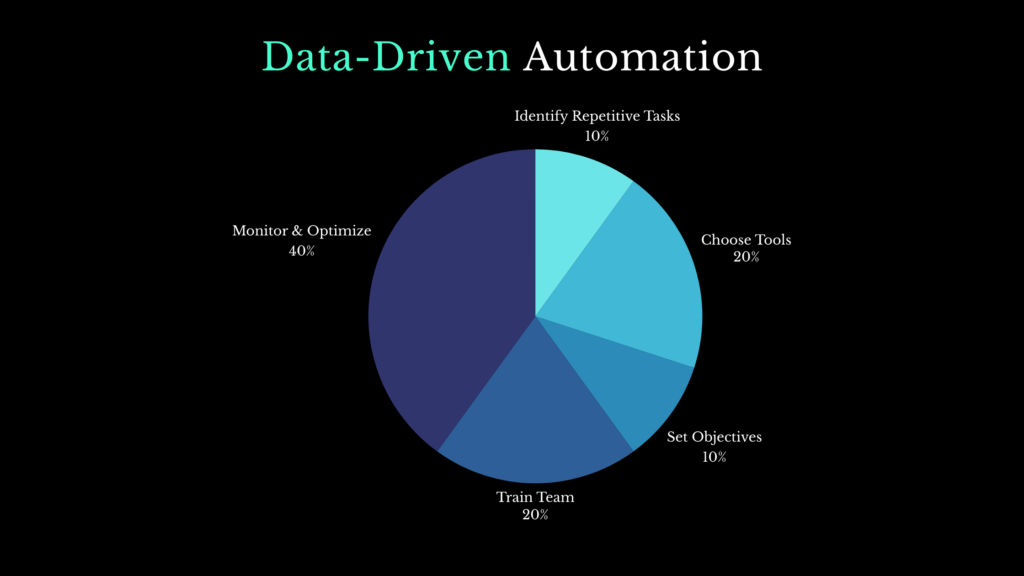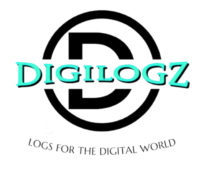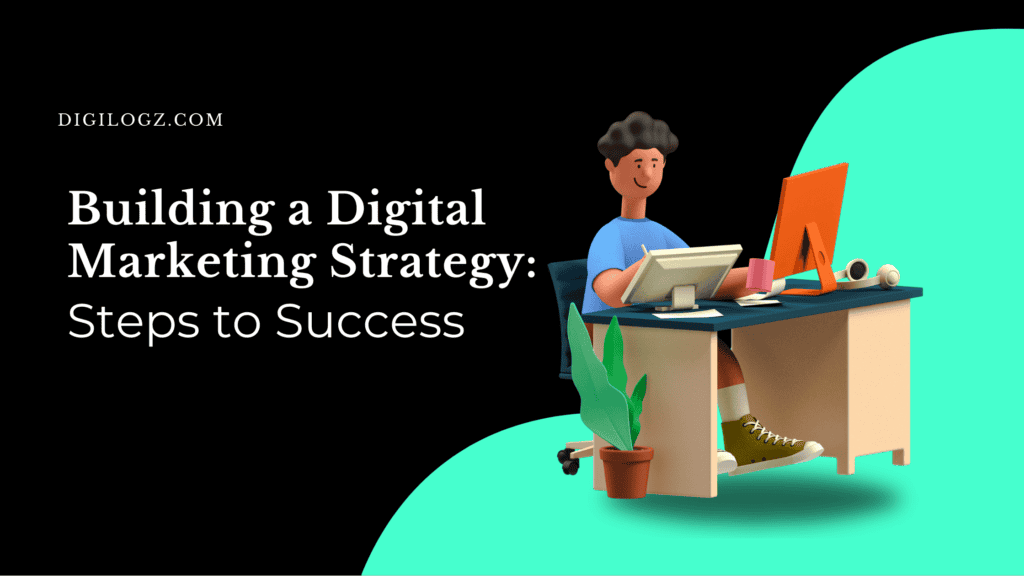Automation in Digital Marketing: Streamlining Processes and Maximizing Efficiency for Greater Success
In the ever-evolving landscape of digital marketing, automation has become a critical component for achieving efficiency and driving success. By streamlining processes and maximizing the use of resources, automation allows marketers to focus on strategic tasks and enhance overall performance. This comprehensive guide explores the significance, benefits, tools, strategies, and future trends of automation in digital marketing.
Introduction
Definition and Significance of Automation in Digital Marketing
Automation in digital marketing refers to the use of technology and software to perform marketing tasks with minimal human intervention. This can include a wide range of activities such as email marketing, social media management, data analysis, and more. The significance of automation lies in its ability to enhance efficiency, improve accuracy, and scale marketing efforts.
Overview of How Automation Streamlines Processes and Enhances Efficiency
Automation streamlines processes by handling repetitive and time-consuming tasks, allowing marketers to allocate their time and resources more effectively. This leads to increased productivity, consistent execution of marketing strategies, and the ability to scale efforts across various channels.
Understanding Automation in Digital Marketing
Definition of Automation in the Context of Digital Marketing
In digital marketing, automation involves using tools and technologies to automate tasks such as sending emails, posting on social media, analyzing data, and managing customer relationships. This not only saves time but also ensures that marketing activities are carried out systematically and efficiently.
Types of Tasks and Processes That Can Be Automated
- Email Campaigns: Automating email marketing allows for the creation and scheduling of personalized email sequences based on user behavior and preferences.
- Social Media Management: Tools can automate the scheduling and posting of content across multiple social media platforms, ensuring a consistent online presence.
- Data Analysis: Automation tools can collect and analyze data, providing insights into campaign performance and customer behavior without manual intervention.
- Customer Relationship Management (CRM): Automation in CRM systems helps manage customer interactions, track leads, and automate follow-ups.
Benefits of Automation
Efficiency Gains in Time and Resource Management
One of the primary benefits of automation is the significant time savings it offers. By automating repetitive tasks, marketers can focus on strategic activities that require creativity and critical thinking. This leads to better resource management and more effective use of team capabilities.
Improved Scalability and Consistency in Marketing Efforts
Automation allows marketing efforts to be scaled effortlessly. Whether managing a large volume of emails or maintaining an active presence on multiple social media channels, automation ensures consistency in messaging and execution. This scalability is crucial for growing businesses looking to expand their reach and impact.

Key Automation Tools and Technologies
Overview of Popular Automation Tools
- CRM Systems: Tools like Salesforce and HubSpot help manage customer relationships, track interactions, and automate follow-ups.
- Marketing Automation Platforms: Platforms such as Marketo and Pardot offer comprehensive solutions for automating marketing activities, including email campaigns and lead management.
- AI-Driven Analytics Tools: Tools like Google Analytics and IBM Watson provide advanced data analysis, leveraging AI to deliver actionable insights.
Case Studies or Examples of Successful Implementations
- Amazon: Amazon uses sophisticated automation algorithms to personalize product recommendations, enhancing customer experience and driving sales.
- Netflix: Netflix automates content recommendations based on user viewing history and preferences, leading to higher engagement and retention rates.

Automation Strategies for Different Digital Marketing Channels
Automating Email Marketing Campaigns
Email marketing automation involves creating workflows that trigger emails based on user actions. For example, welcome emails, abandoned cart reminders, and post-purchase follow-ups can all be automated to engage customers effectively.
Automation in Social Media Management and Scheduling
Tools like Hootsuite and Buffer allow marketers to schedule posts across multiple social media platforms, ensuring a consistent online presence. Automation also enables the monitoring of engagement and performance metrics in real time.
Automating Content Creation and Distribution
While full automation of content creation is still evolving, tools like Grammarly and Copyscape assist in editing and optimizing content. For distribution, platforms like WordPress and Medium can schedule and publish posts automatically.
Data-Driven Automation
Utilizing Data Analytics for Personalized Automation
Data analytics plays a crucial role in personalized automation. By analyzing customer data, marketers can create highly targeted campaigns that resonate with specific audience segments. Personalization increases engagement and conversion rates, making automation more effective.
Predictive Analytics and AI in Automation Strategies
Predictive analytics uses historical data to forecast future trends and behaviors. AI-driven tools can predict customer needs and preferences, enabling proactive marketing strategies. For example, predictive analytics can identify which products a customer is likely to buy, allowing for personalized recommendations.

Challenges and Considerations
Potential Pitfalls of Automation in Digital Marketing
- Over-Automation: Excessive automation can lead to impersonal interactions and a loss of the human touch.
- Data Privacy: Handling customer data requires stringent security measures to prevent breaches and maintain trust.
- Resistance to Change: Teams may resist adopting new technologies due to unfamiliarity or fear of job displacement.
Overcoming Resistance to Change Among Teams
- Training and Education: Providing comprehensive training can help teams understand the benefits and usage of automation tools.
- Gradual Implementation: Introducing automation in phases allows teams to adapt gradually and minimizes disruption.
- Demonstrating Value: Highlighting successful case studies and the potential ROI of automation can encourage buy-in from reluctant team members.
Implementing Automation Successfully
Steps to Integrate Automation into Existing Marketing Strategies
- Identify Repetitive Tasks: Analyze marketing processes to identify tasks that can be automated.
- Choose the Right Tools: Select automation tools that align with your marketing goals and budget.
- Set Clear Objectives: Define clear objectives and metrics for measuring the success of automation.
- Train Your Team: Ensure that your team is well-versed in using the chosen tools and understands their benefits.
- Monitor and Optimize: Continuously monitor the performance of automated processes and make necessary adjustments for optimization.
Best Practices for Setting Up and Optimizing Automated Processes
- Start Small: Begin with automating simple tasks and gradually scale up.
- Personalize: Incorporate personalization into automated processes to maintain a human touch.
- Regular Audits: Conduct regular audits to ensure automation tools are functioning correctly and delivering the desired results.
Measuring Success and ROI
Metrics to Track the Effectiveness of Automated Campaigns
- Open and Click-Through Rates: Measure the engagement levels of automated email campaigns.
- Conversion Rates: Track the percentage of users who complete desired actions, such as making a purchase or signing up for a newsletter.
- Customer Retention: Monitor customer retention rates to assess the long-term impact of automation.
Calculating ROI from Automation Investments
To calculate ROI, compare the cost of implementing automation tools and technologies with the revenue generated or costs saved as a result of automation. Factors to consider include time savings, increased sales, improved customer satisfaction, and reduced manual errors.
Future Trends and Innovations
Emerging Technologies Shaping the Future of Automated Marketing
- Artificial Intelligence (AI): AI is driving advancements in predictive analytics, chatbots, and personalized marketing.
- Machine Learning (ML): ML algorithms continuously improve automation processes by learning from data.
- Natural Language Processing (NLP): NLP enhances the capabilities of chatbots and virtual assistants, making them more interactive and human-like.
Predictions for the Evolution of Automation in Digital Marketing
The future of digital marketing will see greater integration of AI and ML, leading to more sophisticated and personalized automation. The focus will shift towards enhancing customer experiences and delivering highly targeted marketing campaigns.
Conclusion
Recap of the Benefits of Automation in Digital Marketing
Automation in digital marketing streamlines processes, enhances efficiency, and allows for scalable and consistent marketing efforts. It provides significant time and resource savings, enabling marketers to focus on strategic tasks.
Final Thoughts on Leveraging Automation for Greater Success
By effectively integrating automation into digital marketing strategies, businesses can achieve greater success through improved efficiency and personalized customer interactions. Embracing emerging technologies and continuously optimizing automated processes will be key to staying competitive in the evolving digital landscape.
FAQs
What are the main benefits of using automation in digital marketing?
The main benefits of using automation in digital marketing include significant time and resource savings, improved consistency and accuracy, enhanced scalability of marketing campaigns, and the ability to collect and analyze data for informed decision-making. Automation allows marketers to focus on strategic activities and creative tasks while routine processes are handled efficiently.
What types of tasks can be automated in digital marketing?
Tasks that can be automated in digital marketing include email marketing campaigns, social media scheduling and posting, customer relationship management (CRM), lead nurturing, data collection and analysis, ad campaign management, and content distribution. Automation tools can handle these tasks efficiently, freeing up time for more strategic work
How do I choose the right automation tools for my digital marketing needs?
Choosing the right automation tools involves assessing your specific marketing goals and needs, evaluating the features and capabilities of different tools, considering ease of integration with your existing systems, and reviewing user feedback and case studies. Popular tools include HubSpot, Marketo, Hootsuite, and Salesforce. It's important to select tools that align with your business objectives and offer scalability as your needs grow.
What are some common challenges when implementing automation in digital marketing?
Common challenges when implementing automation in digital marketing include over-automation, which can lead to impersonal interactions; resistance to change from team members; data privacy and security concerns; and ensuring the accuracy and relevance of automated content. Addressing these challenges involves careful planning, training, and ongoing optimization of automated processes.
How can I measure the success and ROI of my automated digital marketing campaigns?
To measure the success and ROI of automated digital marketing campaigns, track key metrics such as open and click-through rates for emails, conversion rates, lead generation, customer retention, and engagement rates. Use analytics tools to gather data and compare the performance of automated campaigns against your goals. Calculating ROI involves comparing the costs of implementing automation tools with the revenue generated or costs saved as a result of automation.



